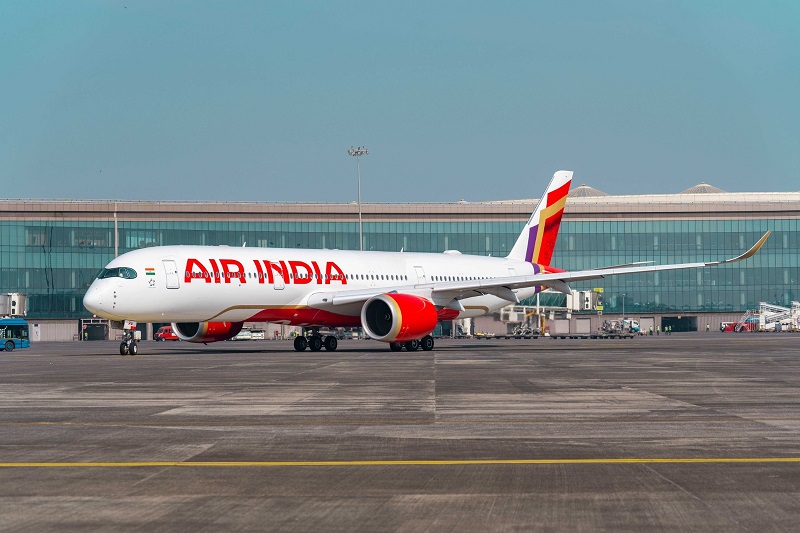In a remarkable turnaround, Mumbai’s skies are breathing a sigh of relief as air traffic snarls untangle, thanks to the Ministry of Civil Aviation’s (MoCA) deft moves. The bustling Chhatrapati Shivaji Maharaj International Airport (CSMIA), a hive of airborne comings and goings, has been the focus of these sky-high efforts.
Mumbai’s aviation dance floor, characterized by its two crisscrossing runways, has historically been a challenging stage for managing the constant ballet of aircraft. These runways, unable to perform a simultaneous duet, meant juggling a peak hour capacity of 46 aircraft movements, plunging to 44 during less frenzied periods.

Winter 2023 spun a tale of congestion in the skies, with aircraft often waltzing in holding patterns, leading to passenger frustration, fuel frittering, and environmental frowns. On January 2, 2024, MoCA stepped in with a new choreography, instructing Mumbai International Airport Limited (MIAL) and Airports Authority of India (AAI) to clip the wings of non-scheduled flights during peak hours.
An AAI analysis revealed a plot twist: excessive slot allocations and a lax adherence to them were the main culprits behind the aerial gridlock. Cue February 15, 2024, when MoCA directed a further trimming of flights to 44 and 42 per hour during high and regular traffic times, respectively. This reshuffling, in tune with airlines, has been in full swing since February 20.
The results? A harmonious improvement in air traffic, evident since February 19. A comparison of on-time performances before and after these interventions strikes a noteworthy chord. From November 11 to December 10, 2023, delays were a common refrain, with only 34.4% of 14,476 arrivals being ahead of schedule. Fast forward to February 16-24, 2024, and the melody changes: out of 4,337 arrivals, a whopping 57% were within a 15-minute grace period, and delays over an hour hit a remarkable zero.
This concerted effort by MoCA to streamline the aerial ballet at Mumbai Airport aims to keep passenger inconvenience at a low altitude while ensuring that the sky remains an open, efficient frontier for travel.







